The Pennsylvania Historical and Museum Commission is pleased to announce the selected projects for the 2024-2025 Keystone Grant program. The grant program again saw a 6% increase in the number of applications over last year with requests over $6,510,000. It is gratifying to know that the program serves our partners well and can react to serve their needs. The grant program is just one of the PA-SHPO’s tool to support both planning initiatives and capital projects at historic sites throughout Pennsylvania.
Category: Warren (Page 1 of 2)
The Pennsylvania Baseline Survey Team is thrilled to share the final year of findings from the Pennsylvania Baseline Survey. From June 2022 to March 2024, Year 3 of the Baseline Survey took place in 20 counties. To date, over 6,854 new resources have been recorded in 503 municipalities thanks to the efforts of our Baseline Survey Teams!
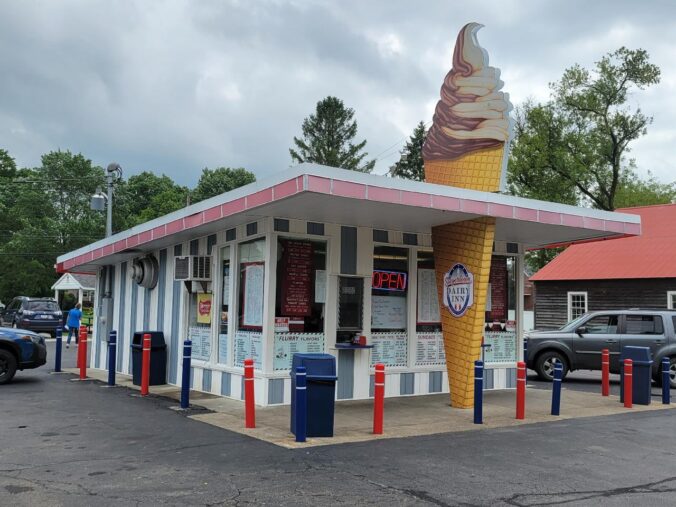
Baseline Survey On the Road Again: Newly Documented Roadside Resources in Pennsylvania
“I can’t wait to get on the road again/On the road again/Goin’ places that I’ve never been/Seein’ things that I may never see again/And I can’t wait to get on the road again…”
-Willie Nelson, “On the Road Again,” 1980
With Pennsylvania’s long transportation history – from railroads and canals to the Pennsylvania Turnpike and the many beautiful bridges throughout the Commonwealth – it’s no surprise that the teams working on the Baseline Survey Project discovered and inventoried a multitude of Pennsylvania’s previously unrecorded roadside resources!
The Pennsylvania Historical and Museum Commission (PHMC) invites individuals, public agencies, and private organizations to nominate historic people, properties, events, or innovations with statewide or national significance for PHMC’s State Historical Marker Program. Meet the new coordinator, learn more about some changes to this year’s nomination process, and sign up for our upcoming webinars below.
Continue readingSoon fans of Pennsylvania’s historical markers will be braking for 23 new ones. The Pennsylvania Historical and Museum Commission (PHMC) recently approved the next batch of new historical markers at their March 2021 meeting.
Continue reading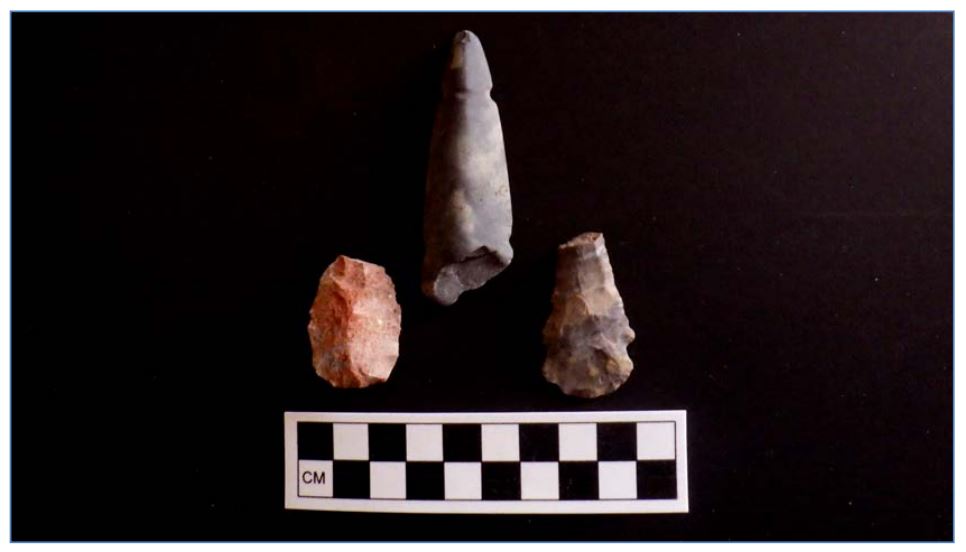
The 2020 PASS Report
For the past several years, PA SHPO archaeologists have issued an annual report – known as the PASS Report – detailing the ongoing efforts to record Pennsylvania’s archaeological sites.
Despite 2020’s many challenges, over 280 new archaeological sites were recorded thanks to cultural resource management (CRM) projects and continued contributions from independent research projects, members of the Society for Pennsylvania Archaeology (SPA), and long-time avocational archaeologists.
Continue readingThe Pennsylvania Historical and Museum Commission (PHMC) invites members of the public to prepare and submit marker nominations for the upcoming December 1, 2019 annual deadline. The Historical Marker Program is one of PHMC’s most popular public programs, with nearly 2,500 markers throughout the Commonwealth and new ones dedicated each year.
Nominating markers
The nomination process has gone from being exclusively staff driven through a transitional period to being exclusively public driven. Staff can provide assistance with preparation of nominations, but interested members of the public are responsible for the completion of nomination forms and doing the research to document the subjects’ significance.
It can be a lot of fun to discover a person, place, event, or innovation that you or many members of the public were not aware of and bring the subject to light in the form of a marker. Markers are a great source of community pride.

Evaluating markers
The Commission has established Approval Criteria for evaluating marker nominations. The criteria have been slightly revised since first adopted in the 1980s, but the primary criterion, “that the subject have statewide and/or national rather than local or regional historical significance” remains in effect.
A requirement for inclusion of scholarly documentation with each nomination is also important to verify claims of significance in the narrative portion of the nomination. Nominators are expected to include both primary and secondary source material.
Additionally, there is a requirement that the subject, if an individual, have a substantial connection to Pennsylvania, more than simply having been born here. The person must have spent enough time in Pennsylvania to have been shaped here, got their start in their life’s profession here, and/or have exhibited a long-term effect of having lived in the Commonwealth.
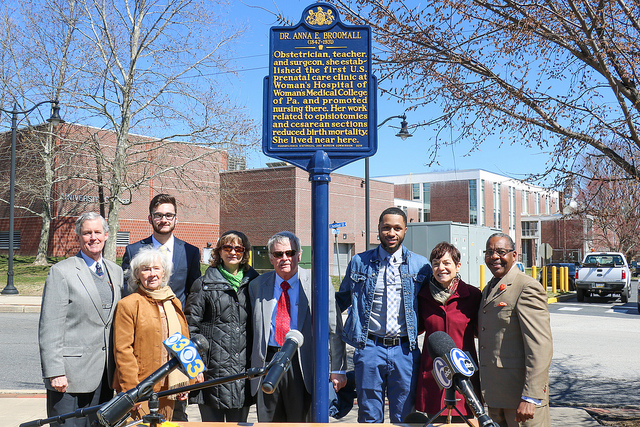
Marking underrepresented people, places, events, and innovations
PHMC is especially interested in encouraging markers for subjects or in regions of PA that are generally underrepresented.
To further this aim, historical societies in counties where there are 10 or less markers as well as minority commissions under the Governor’s jurisdiction have been contacted to encourage them to promote marker nominations in those areas or related to minority history. PHMC has committed funds to cover the manufacturing costs for a handful of these markers each year.
This year, PHMC has agreed to support the Pandenarium marker in Mercer County and the Cynthia Catlin Miller marker in Warren County, both scheduled for installation and dedication this fall.
Pandenarium is a historic archaeological site of a free African American community that was established in the 1850s. It fits two of categories PHMC is anxious to promote: African American history markers in counties other than Philadelphia and archaeology-related markers.
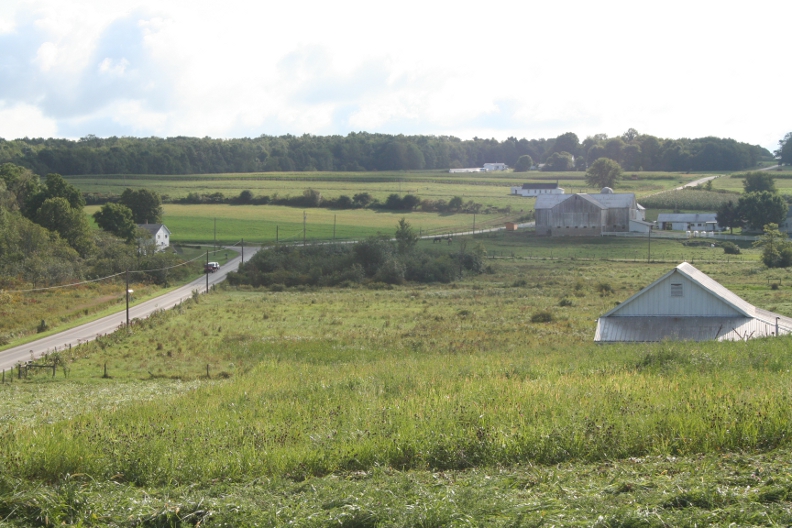
Cynthia Catlin Miller was an abolitionist leader active in the Underground Railroad. It fits three of categories that PHMC is anxious to promote: African American history markers in counties other than Philadelphia, markers for notable women, and under-represented counties (10 extant).
We anticipate the opportunity to support several nominations for under-represented markers again this year.
PHMC recently launched a social media campaign using historical markers to commemorate 400 years of African American history in North America. We join the 400 Years of African-American History Commission, other cultural and historical institutions, and media organizations to commemorate this legacy and recognize the contributions made by these enslaved and later free people by launching a social media campaign.

Each week through February 2020, PHMC will feature selected stories to highlight the multifaceted African American experience across Pennsylvania and will include both well-known and lesser-known people, places and themes. PHMC will share these over all of its social media platforms and encourages its thousands of followers to share these posts using the hashtag #400yearsPA.
We can help
It is generally helpful for a potential nominator to consult with PHMC staff in the initial stages of his or her research. Staff is available to review draft nominations, and can provide advice on whether or not a particular subject is viable and suggest ways to adjust focus or sources to pursue that would afford one a better chance for approval. To allow time to make revisions to your nomination and meet the December 1 deadline, drafts must be submitted prior to November 1, 2019.
You can also join us for an informative webinar, “Tips & Tricks for a Successful Application,” on Tuesday, September 24, 2019 at 10:00. Click here for more information and instructions for connecting with us.
So, do a little research. See if you can dig up an interesting and significant tidbit of history related to your community. If interested in learning about how to apply for a PHMC marker or simply to learn more about the Historical Marker Program, please visit our website at pahistoricalmarkers.com.
Earlier this month, PHMC approved 18 new historical markers to the collection of over 2,500 for subjects that run the gamut from notable athletes to a late 19th century African American archaeological site in Mercer County. Continue reading
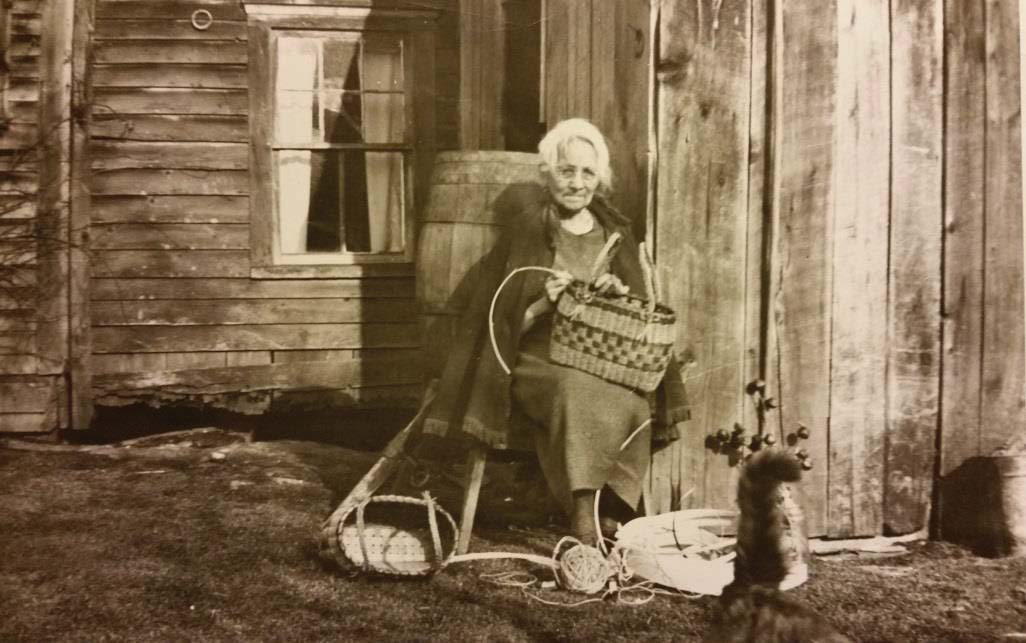
The Cornplanter Grant: The Last Native American Settlement in Pennsylvania
Deep in the forests of northwestern Pennsylvania lies a little-known, but incredibly important part of our Country’s early history and our Native American past. Although now mostly covered by the waters of the Allegheny Reservoir (a body of water created when the Army Corps of Engineers dammed the Allegheny River with the Kinzua Dam in 1965), this land, the Cornplanter Grant, has a very important story to tell. Continue reading
Your State Historic Preservation Office has been hard at work since our last Just Listed column appeared on this blog. Since that post , the National Park Service has approved over 30 Pennsylvania listings (!) for inclusion in the National Register of Historic Places. Continue reading

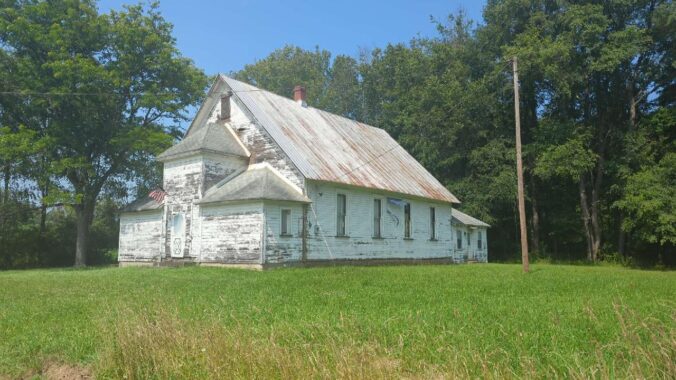
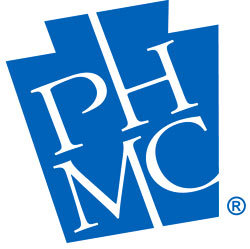
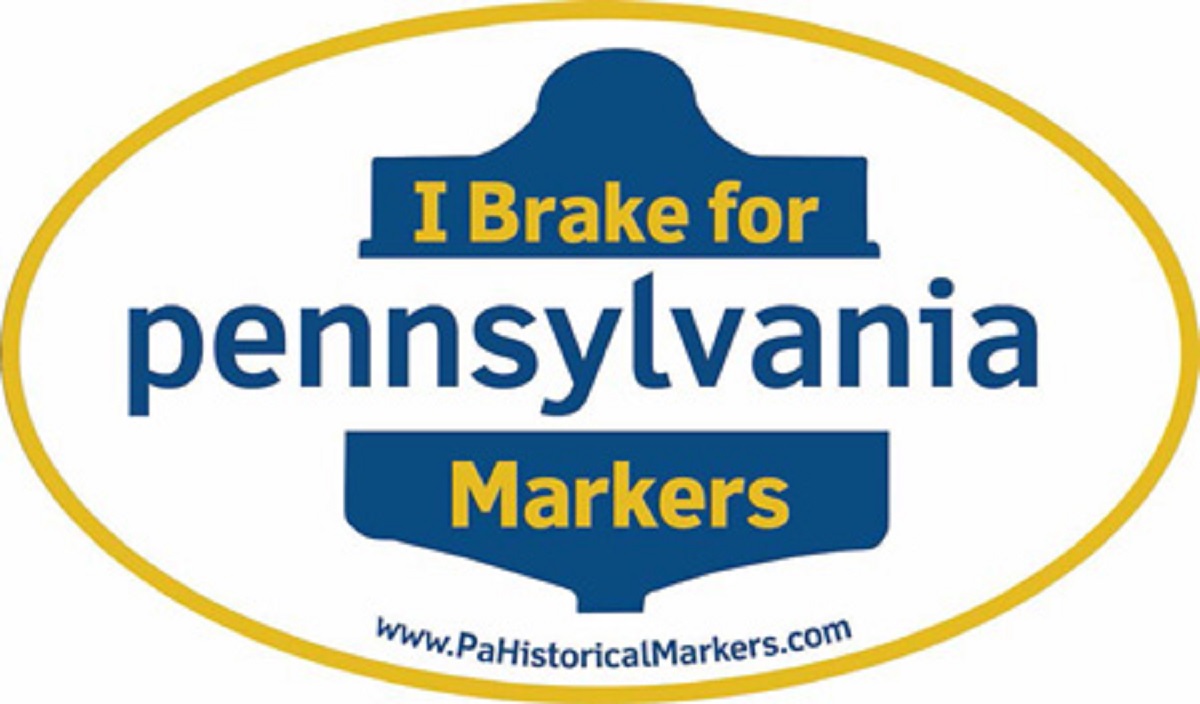
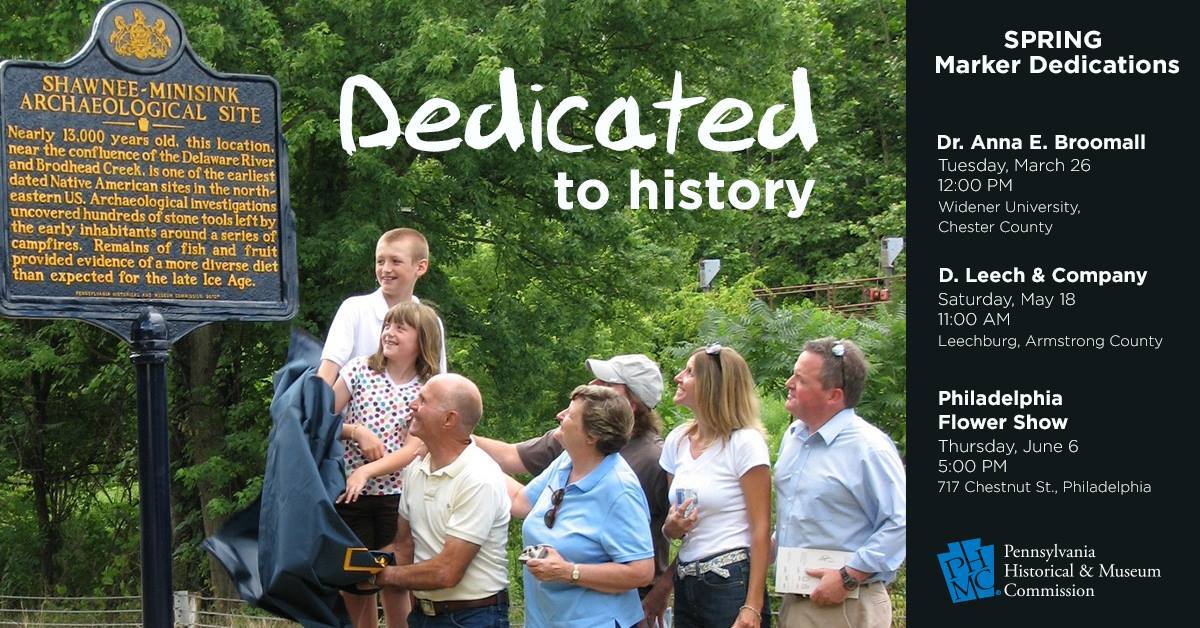

Recent Comments